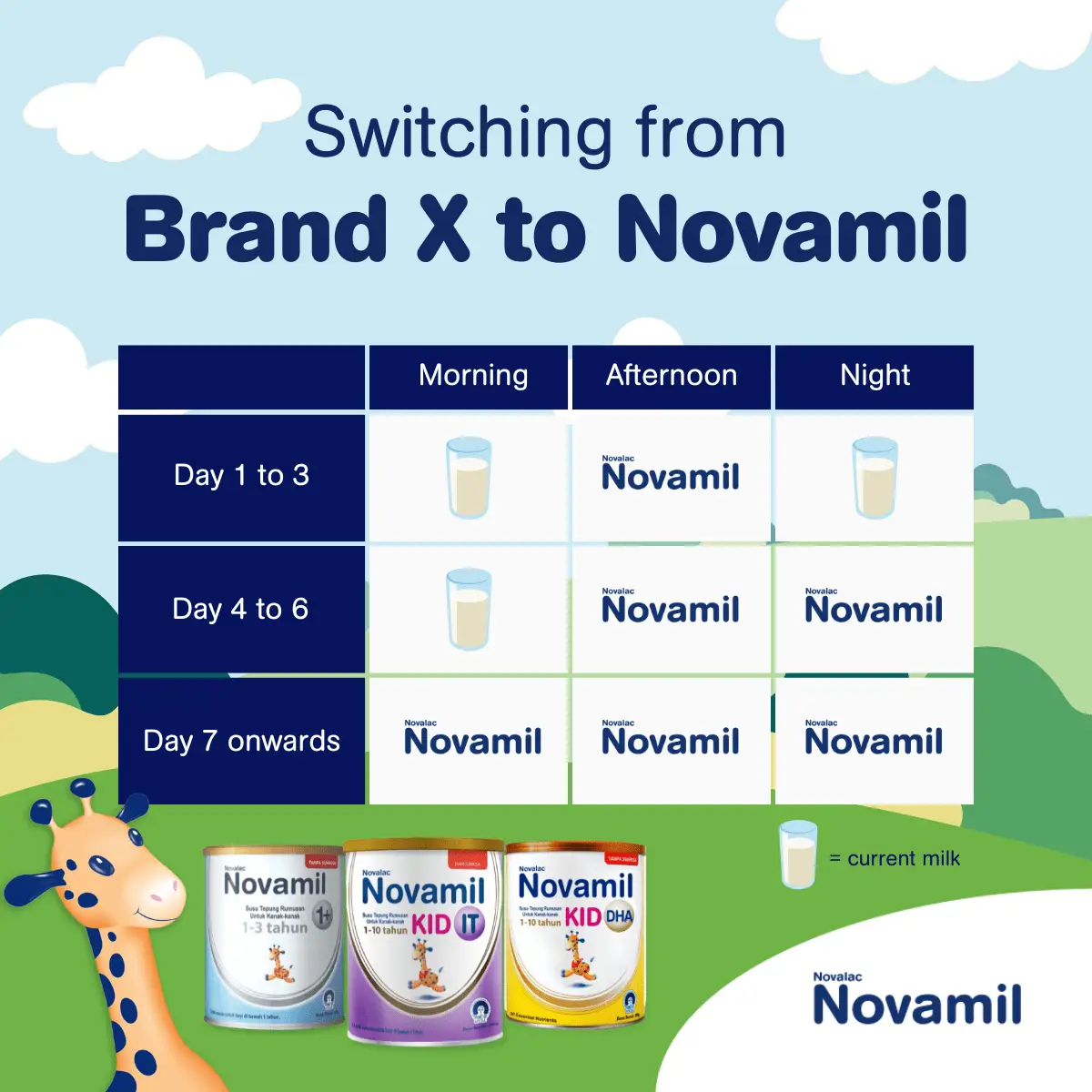Parenting Tips /
What to expect when switching your child’s formula milk?

Most parents are unsure of how to move from one formula to another when it comes to switching formula milk. While it may appear to be a simple change, it should be transitioned gradually to lessen the likelihood of experiencing symptoms. Read on to learn about the potential symptoms before making the switch.
Your child may experience the following symptoms:
Fussiness and increased burping
Excessive gas is one of the symptoms of milk intolerance, but it is also common when children are transitioning to a new formula.
Changes in stool color and frequency
Parents may notice significant changes in their child's bowel movements and stool color. It's not cause for concern because your child's stomach may need some time to adjust.
Stools become firmer and, in some cases, constipated
This is simply because their bodies are learning how to digest the new formula.
It may take a week for your child to adjust to a new formula and for their symptoms to disappear completely. If the symptoms do not improve over time, please contact your paediatrician immediately.
How can you ensure a smooth formula milk transition?
Don’t worry if your child refuses to drink a new formula, it may be because they are still adjusting to the new taste. Follow the guide below to make the formula milk transition easier.

How can I tell if the child is not tolerating the new formula?
These are the warning signs that your child is having trouble with the formula:
- Rashes, itchy or irritated skin,
- frequent diarrhoea,
- blood or mucus in stools,
- fatigue or lethargy,
- vomiting,
- painful signs like pulling legs up toward the abdomen while crying
- trouble in gaining weight.
Stop feeding the formula to your child if they start displaying signs of formula intolerance, and contact your paediatrician right away.